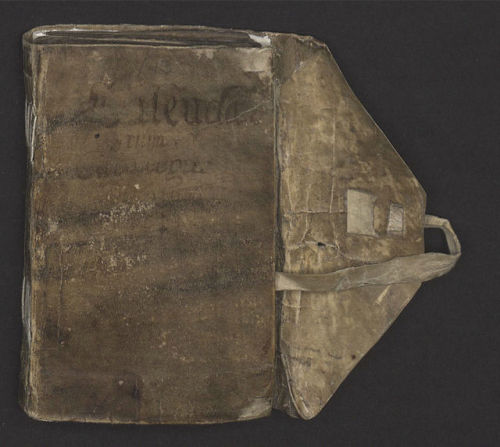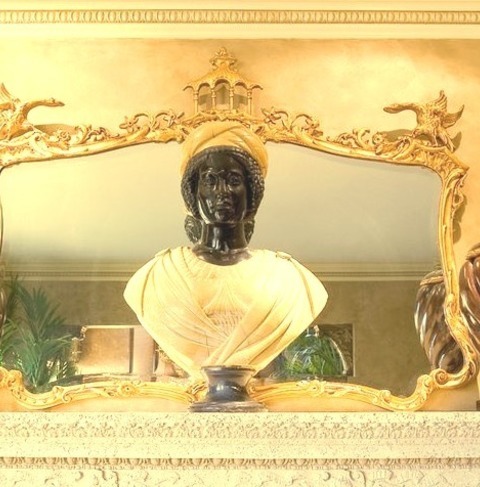Artifacts - Blog Posts

Roman rock-crystal icosahedron (20-sided dice) used in fortune-telling. Each face has a Latin letter on it and a corresponding Roman numeral, then matched with pre-prepared oracle answers in a divination handbook. Currently at the Louvre.
See more: https://thetravelbible.com/top-artifacts-from-ancient-rome/

A stone marker at a holy site dedicated to the dual lunar cult of Tanit and Astarte; Phoenician night goddesses worshipped from the Bronze Age through classical antiquity, alongside their horned consort Ba'al Hammon, “Lord of Braziers”, classically associated with Saturn.










Galdrakver (‘Little Book Of Magic’) The ‘Little Book Of Magic’ is a seventeenth-century Icelandic manuscript, written on animal skin and containing magical staves, sigils, prayers, charms and related texts.
It is known to have once been owned by Icelandic Bishop Hannes Finnson who was alive from 1739 until 1796 and known for having a vast library containing many volumes of magic related texts and manuscripts. Full manuscript here.

Bronze hand used in the worship of Sabazios. Hands decorated with religious symbols were designed to stand in sanctuaries or, like this one, were attached to poles for processional use.
Date: Roman 1st–2nd century AD. Collection: British Museum.

Formal - Mediterranean Living Room












